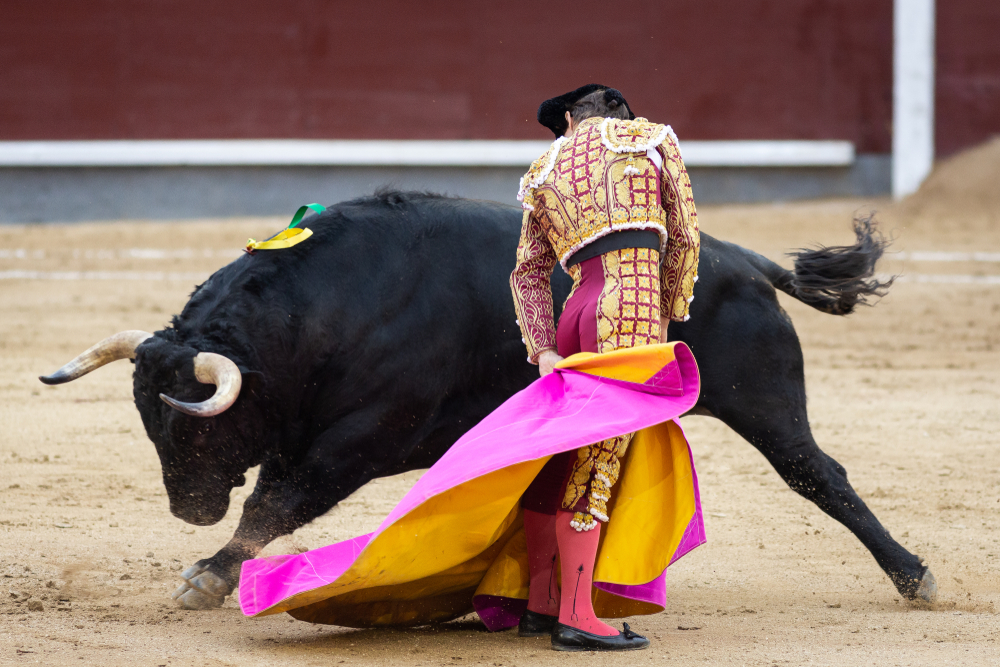After years of legal challenges, social protests, and growing global scrutiny, Mexico City has taken a groundbreaking step by officially banning bullfighting. The historic decision by lawmakers marks the end of one of the oldest and most controversial traditions in the country. The ban, passed in June 2024, came after a unanimous vote by the local Congress, sending a clear message about changing societal values, animal rights, and public sentiment. With this move, Mexico City becomes one of the largest jurisdictions in the world to outlaw bullfighting, ending over five centuries of ritualistic spectacle.
Bullfighting in Mexico: A Deeply Rooted Cultural Practice
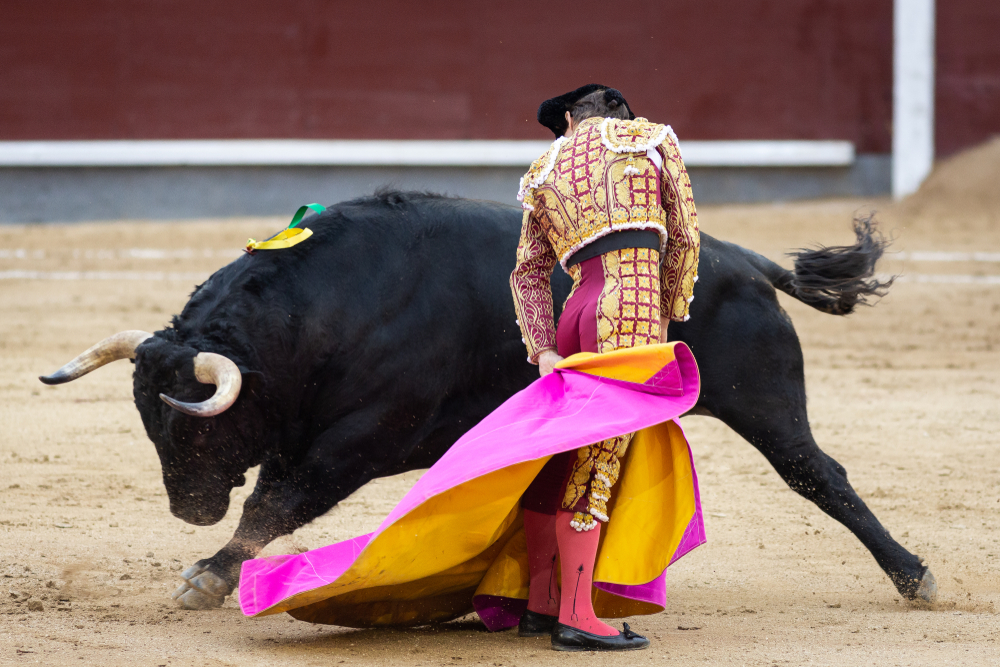
Bullfighting was introduced to Mexico by Spanish colonizers in the 1500s and quickly became embedded in Mexican culture. For centuries, it was viewed as an art form, a test of bravery, and a symbol of masculine honor. Famed matadors were often revered as national heroes. Entire families passed down the tradition, and bullrings were built as central civic arenas in cities across the country.
In Mexico City, the Plaza de Toros México, built in 1946, is the largest bullfighting arena in the world. The stadium could seat over 40,000 spectators and hosted countless legendary fights. It was not just a sporting venue, but a cultural monument. For decades, thousands of fans gathered regularly to watch the pageantry unfold.
The Turning Tide of Public Opinion
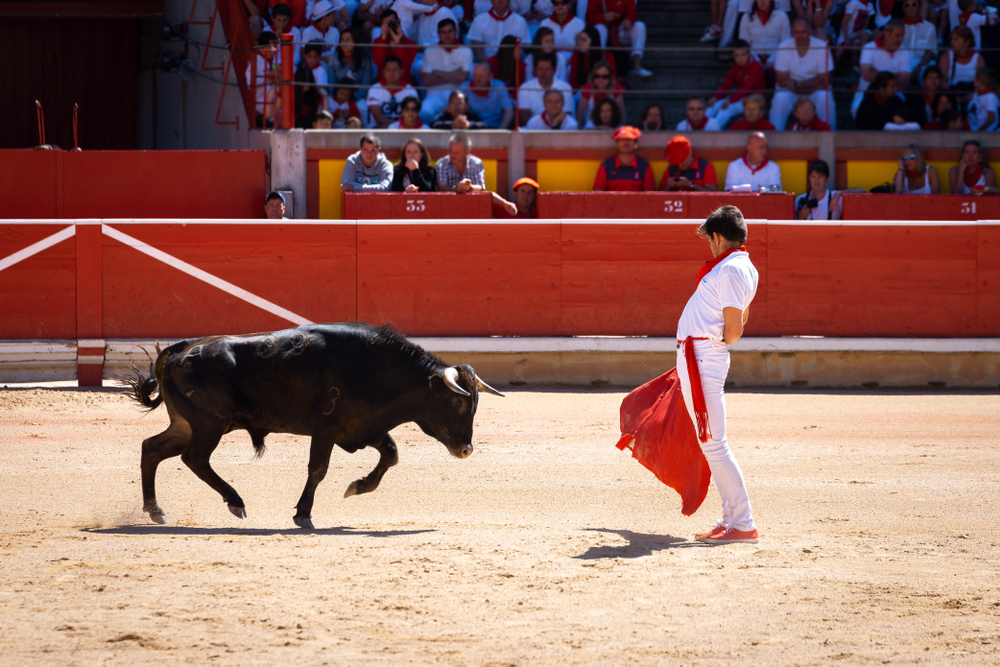
Despite its deep roots, support for bullfighting in Mexico has waned significantly in recent decades. Animal welfare organizations like PETA and AnimaNaturalis worked with local activists to expose the cruelty inflicted on bulls during these events. Public demonstrations became increasingly common, often drawing large crowds and media attention.
Polls in recent years showed that a majority of Mexicans, especially younger generations, viewed bullfighting as outdated and cruel. In Mexico City, this shift was especially pronounced. Many residents viewed the practice as incompatible with modern values of compassion and respect for animals. Urban voters, who tend to be more progressive, led the charge to ban the practice.
Legal Battles and Political Pressure

The road to this ban was not without complications. In 2022, a judge issued a temporary suspension on bullfights in Mexico City following lawsuits filed by animal rights groups. The ruling cited potential violations of animal protection laws and called for further investigation into the legality and ethics of bullfighting.
For two years, fights at Plaza de Toros México were on hold as the courts deliberated. During that time, activists ramped up their campaigns, staging protests and lobbying lawmakers. Several proposals to permanently ban the practice were introduced in Mexico City’s legislature, but political resistance and concerns about economic fallout slowed progress.
That changed in 2024 when a coalition of progressive lawmakers, supported by the ruling Morena party, pushed a revised bill through Congress. The final vote passed with overwhelming support, making Mexico City the latest in a growing list of places that have turned their backs on bullfighting.
What the Law Says
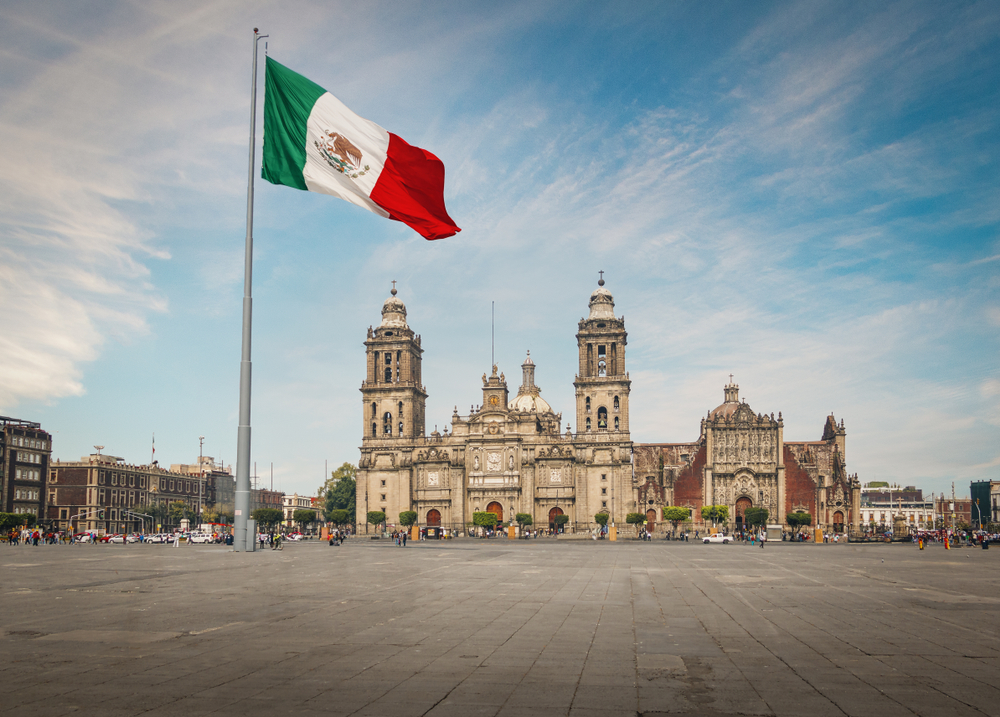
The new law amends Mexico City’s animal protection statutes to include an explicit ban on bullfighting in all forms. Organizing, promoting, or hosting bullfights is now prohibited within city limits. The law also includes fines and possible jail time for those who violate the ban.
While it does not ban bullfighting across the entire country, it sets a legal and moral precedent. Other states may soon follow Mexico City’s lead. In fact, several regions in Mexico, including Sinaloa and Coahuila, have already imposed similar restrictions in recent years.
Economic and Cultural Impact
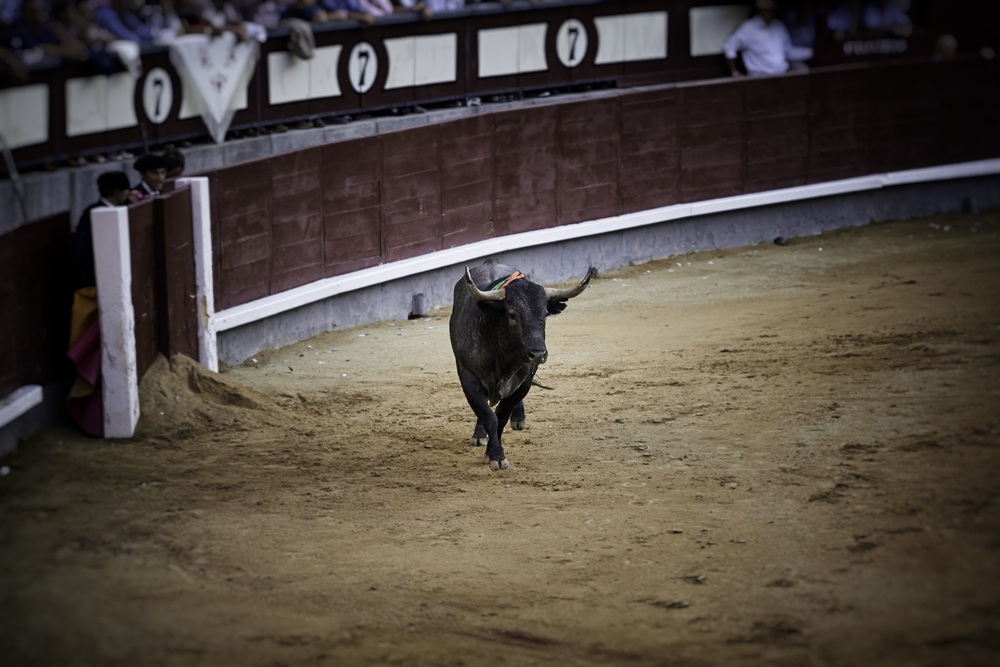
The decision has not been without controversy. Bullfighting supporters argue the ban threatens jobs and undermines cultural heritage. The industry generates revenue through ticket sales, livestock breeding, tourism, and merchandise. Thousands of people, from ranchers to vendors, relied on the tradition for income.
Defenders of the sport claim the bull is honored in death and say the fights are more art than cruelty. They accuse lawmakers of caving to outside pressure and ignoring rural voices. Some matadors and aficionados vow to challenge the law in federal court, arguing it violates constitutional protections for cultural expression.
However, others point out that the bullfighting industry was already in decline. Attendance at events had dropped, and public funding was increasingly questioned. Advocates say the economic impact can be mitigated by converting venues like Plaza de Toros México for concerts, festivals, and other non-violent entertainment. Transition support has been proposed to help affected workers find alternative employment.
Read More: 10 Insane Earth Facts That Will Make You Question Reality
A Win for Animal Rights
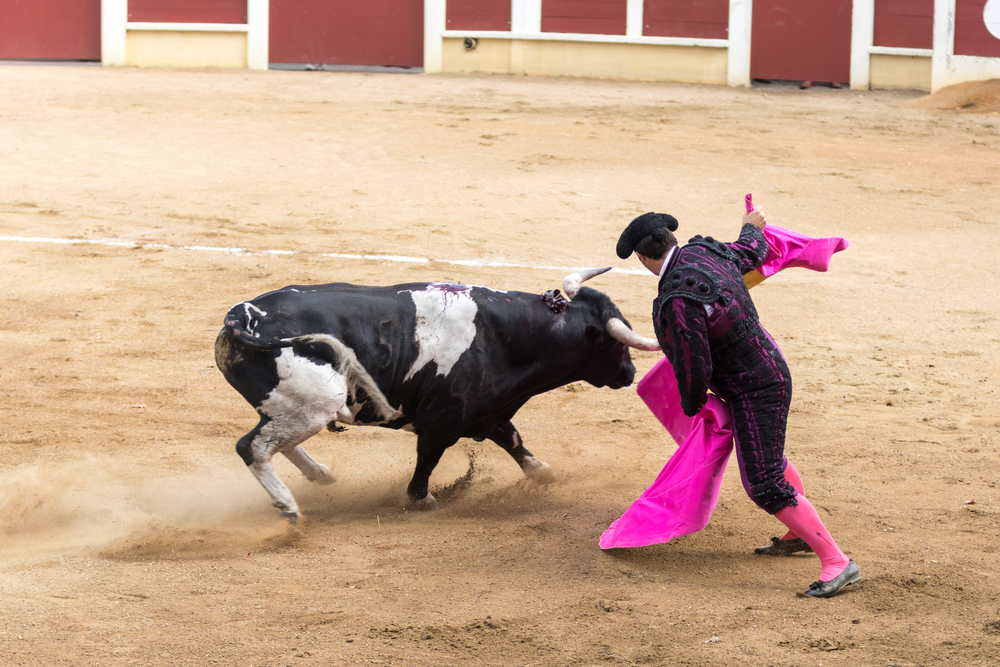
Animal rights groups celebrated the decision as a long-overdue victory. They argue that killing animals for sport has no place in a humane society. Bulls used in fights are often weakened before entering the ring, suffer multiple stab wounds, and die slow painful deaths. The ban, they say, is not just symbolic, but a meaningful protection for animals.
The move also reflects a broader trend. Worldwide, public support for animal rights has surged. Countries like Colombia, Argentina, and Ecuador have limited or banned bullfighting, and in Europe, Spain faces similar debates about the future of the practice. The shift in Mexico adds momentum to a global movement calling for more ethical treatment of animals.
The Role of Social Media and Youth Movements

Younger generations played a key role in driving change. Social media platforms became tools for spreading awareness, sharing graphic videos of bullfights, and organizing protests. Hashtags like #NoMasCorridas and #AdiosTauromaquia trended nationwide, amplifying the voices of those calling for reform.
Students and young professionals made their positions clear, frequently citing empathy, environmental concerns, and respect for life. Their influence pushed the conversation beyond tradition and toward ethics. They helped make bullfighting a moral issue rather than a cultural debate, framing it as a question of progress.
What’s Next?

Now that Mexico City has officially banned bullfighting, attention will likely turn to other parts of the country. Proponents of the ban hope it will encourage national lawmakers to consider a federal prohibition. Meanwhile, cities like Guadalajara and Aguascalientes, where bullfighting remains popular, may face increased pressure to reconsider their stance.
The Plaza de Toros México, once the pride of the city’s bullfighting community, stands at a crossroads. Its future may now lie in hosting music concerts, cultural festivals, or sporting events. Transforming the space could symbolize a new chapter for the city, one that honors its past while embracing new values.
Conclusion: A Defining Moment in Mexican History

The official ban on bullfighting in Mexico City is more than just a political decision. It represents a shift in national consciousness and a redefinition of what it means to honor tradition. While opponents mourn the end of an era, many see it as a bold step forward.
Ending a 500-year-old tradition is no small feat, but in doing so, Mexico City has signaled its commitment to animal welfare, modern values, and a more compassionate future. The ripple effects of this historic vote will be felt far beyond the walls of the Plaza de Toros. It is a powerful reminder that culture can evolve and that justice, even centuries in the making, can finally prevail.
Read More: Landmark Victory: Mexico Ends Marine Animal Entertainment Era
Disclaimer: This article was created with AI assistance and edited by a human for accuracy and clarity.
